10 Animals Who Hibernate
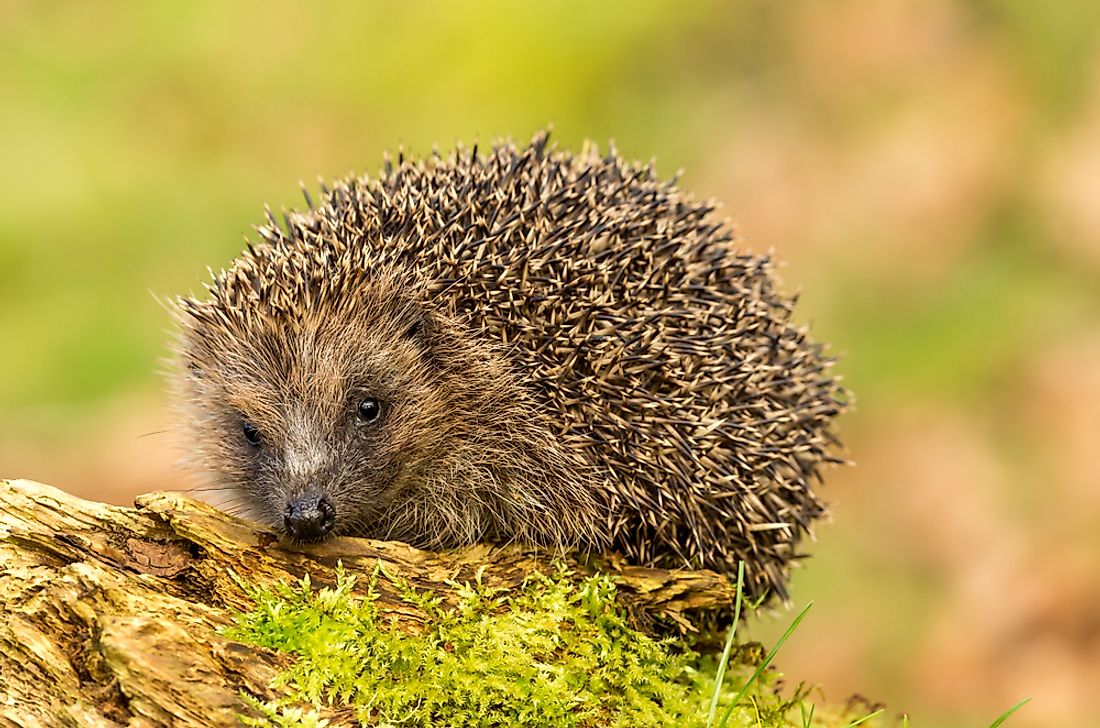
The word “hibernation” is derived from the Latin word “hibernare” which means to “pass the winter.” Animals adapt this behavior to survive through winter which is characterized by freezing temperatures and food scarcity. The most famous hibernating animal may be the bear. However, did you know that bears are not the only animals capable of hibernation? Below is a list of animals who also participate in long winter naps.
10. Mouse lemurs

Mouse lemurs are among the most endangered of all vertebrates. According to IUCN Red List, only 24 mouse lemurs existed in 2016. Mouse lemurs spend about seven months in hibernation during Madagascar’s long and dry winter season. When hibernating, the body temperature regulation of the mouse lemurs stops and metabolism slows down. Their heart rate drops from 120 beats per minute to six, and their breathing is very slow. Hibernation enables the mouse lemurs to conserve energy since food and water are in short supply during winter.
9. Alpine marmots
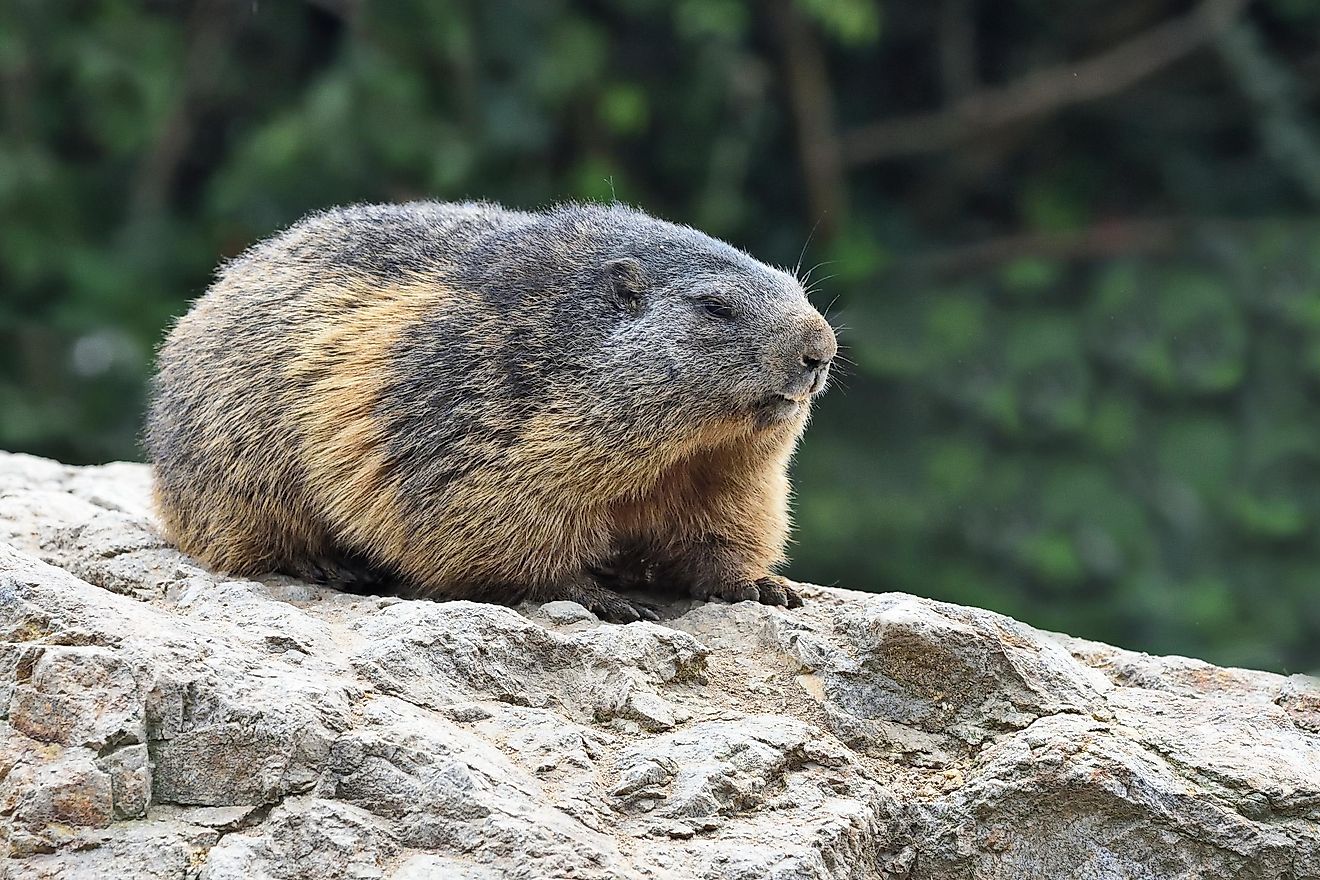
Alpine marmots spend eight to nine months in hibernation every year. In preparation for the hibernation period, they store fat within their bodies. They also dig deep underground burrows and seal them with their feces. Besides, the Alpine marmots also gather old stems which serve as beddings. During hibernation, their heart rates go as low as five beats per minute, and the breathing rate slows down to just 1-3 breaths per minute. Sometimes the layer of stored fat may run out especially in young Alpine marmots. Whenever this occurs, they die because they cannot survive the winter without food.
8. Ground Squirrels
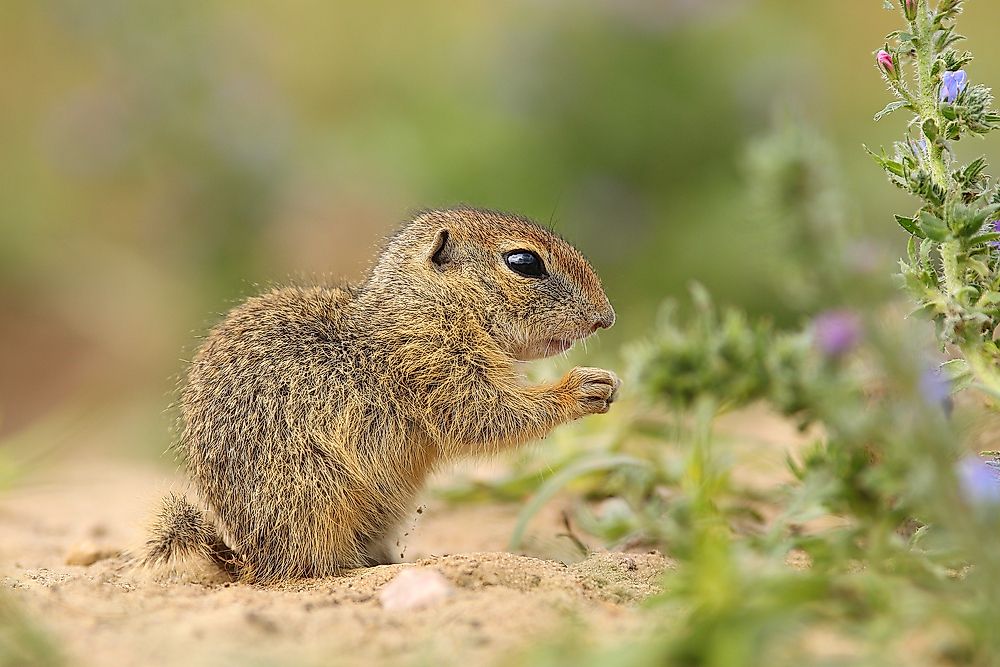
The ground squirrels hibernate from September to March or May. They hibernate in two ways: some are light sleepers while others are deep sleepers. The light sleepers are those ground squirrels that live in warm places. Hence, they get into dormancy during winter but wake up from time to time to feed and drink. On the other hand, examples of deep sleepers are the arctic ground squirrels. These squirrels slip into a deep sleep during the extreme winter conditions. During the hibernation period, their body temperatures get as low as -2.9°C. Some organs stop functioning while others slow down. The arctic ground squirrels have adopted a unique process of preventing body fluids from freezing during freezing weather known as supercooling.
7. Bears
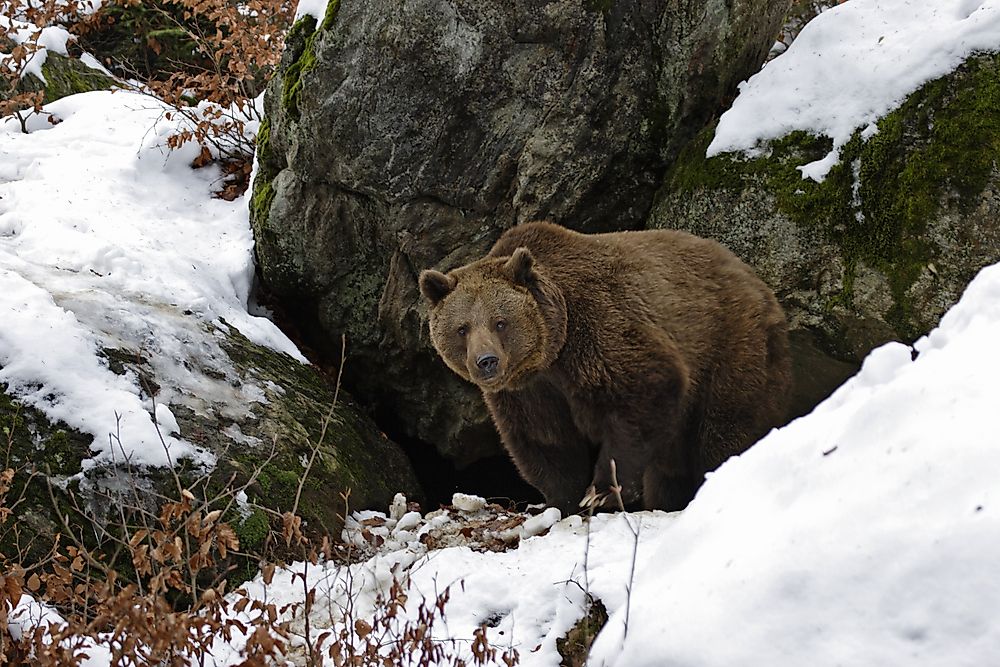
Generally, the hibernating period for bears begins in either September or October depending on the weather changes. The period takes approximately six to seven months. Unlike most hibernating animals, the body temperature of bears does not decrease during hibernation. Consequently, they can quickly respond when faced with danger. However, their breathing rate is only one breath in every 45 seconds compared to the normal rate of 6-10 breaths per minute. Before the hibernation period, bears store up fats necessary for their survival. These fats are very significant to the females because they give birth and take care of their young ones during hibernation.
6. Fat-Tailed Dwarf Lemur
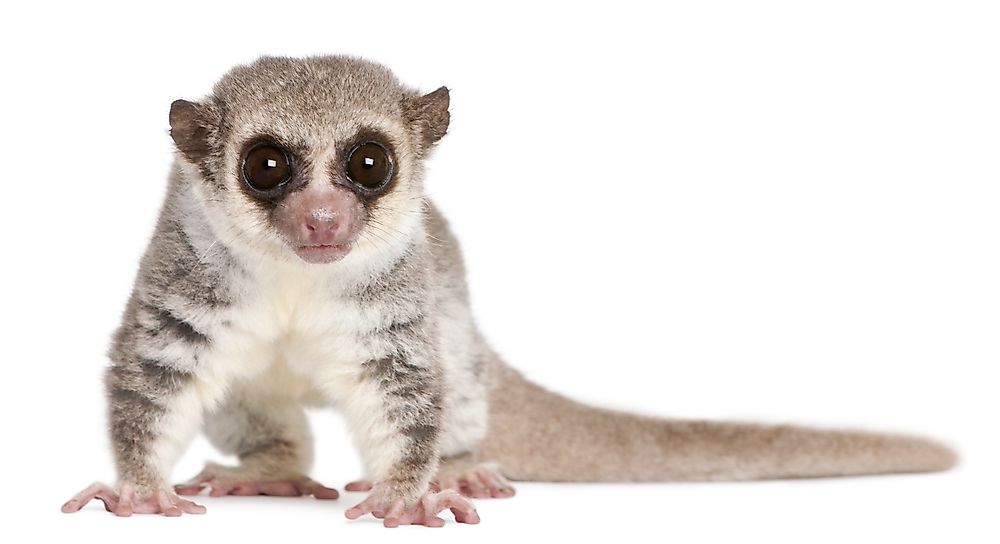
Fat-tailed dwarf lemurs are native to Madagascar. They hibernate during June and July when the temperatures are 30°C. Although this temperature looks warm for most people, the fat-tailed dwarf lemurs find it very cold. During hibernation, the lemurs settle on trees where they sleep for seven months. At this time, they survive on the fats that are stored up in their tails. It is no wonder they are known as “fat-tailed” dwarf lemurs. The lemurs may lose up to 50% of their body weight by the end of the hibernation period.
5. European hedgehogs

Hedgehogs hibernate for about two to five months in winter. Males start hibernating before the females. During this period, their heart rates decrease by approximately 90%. Whenever their body temperatures drop too low, hedgehogs must briefly wake up. As soon as they wake up, their heart rate warms their bodies, and then the hedgehogs can comfortably fall back to sleep. The European hedgehogs have special cells which release heat 20 times faster than the ordinary white cells. These cells facilitate the rapid warming of the bodies.
4. Common Poorwill
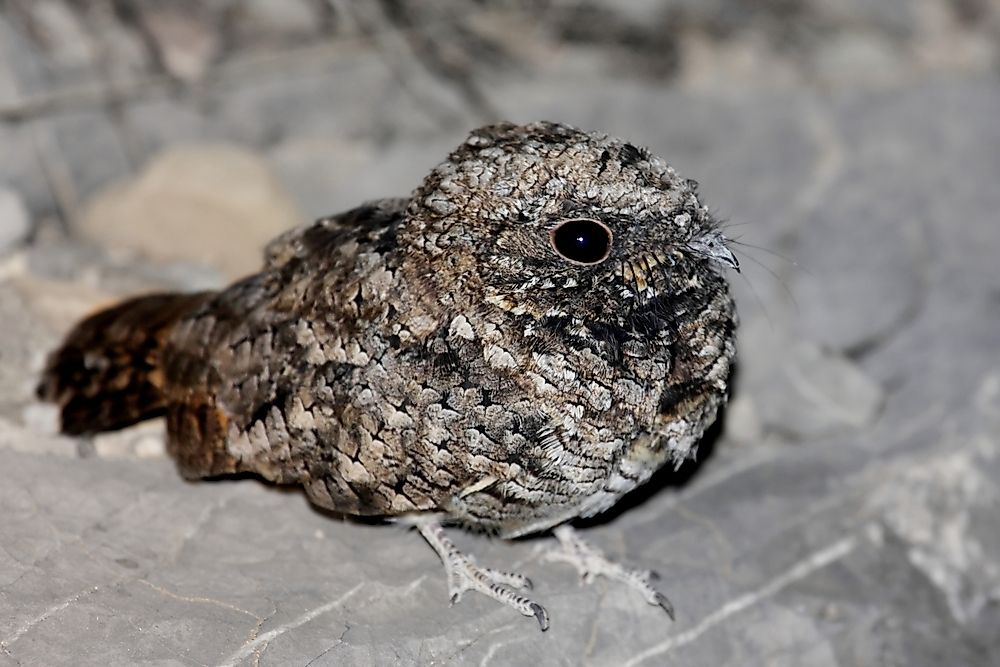
Common poorwill is the only species of bird that engages in true hibernation. Most birds go into light hibernation called torpor. The common poorwills hibernate whenever the temperatures get very cold, really hot, or during a famine. Common poorwills sleep under rotten logs or shallow rocks when they hibernate. They can stay asleep for 100 consecutive days. Interestingly, the common poorwills sometimes hibernate during the incubation of their eggs as a way of passing the time. When they wake up from hibernation period, common poorwills take close to seven hours to recover their normal body temperature.
3. Prairie Dogs
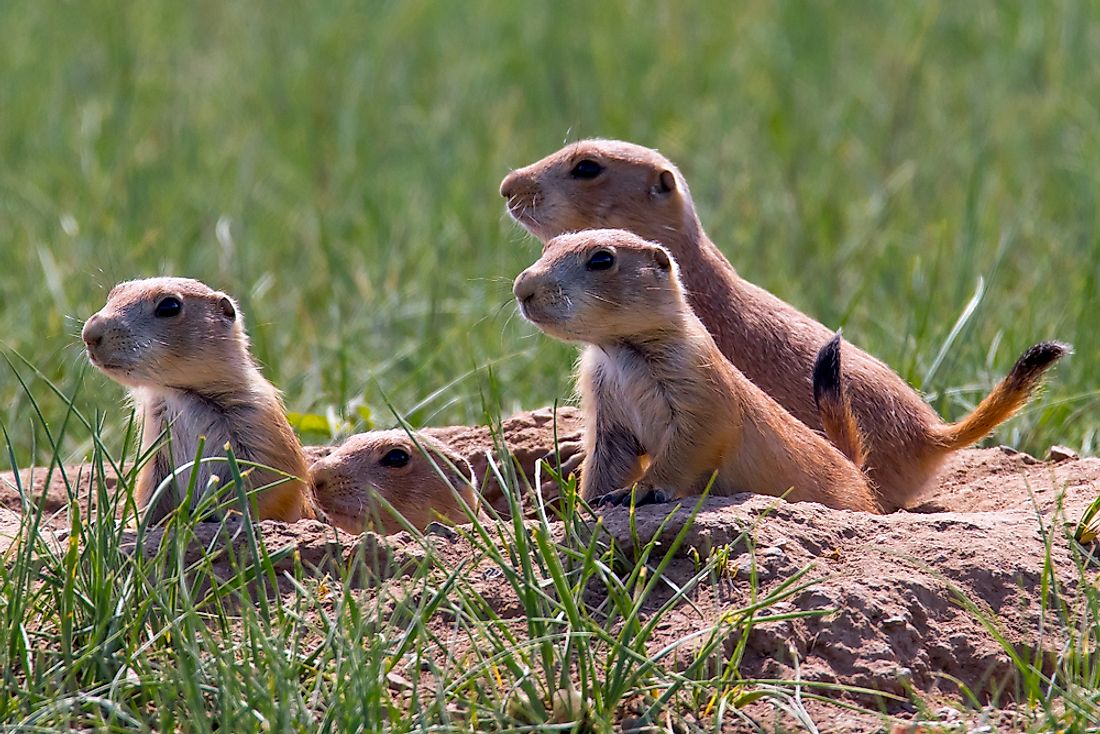
Prairie dogs are rodents who bark like dogs. Depending on their habitat, some prairie dogs go into torpor while others hibernate. The species that go into dormancy are known as black-tailed prairie dogs while those that hibernate are the white-tailed prairie dogs. During hibernation, prairie dogs live off the stored fat within their bodies.
2. Bats
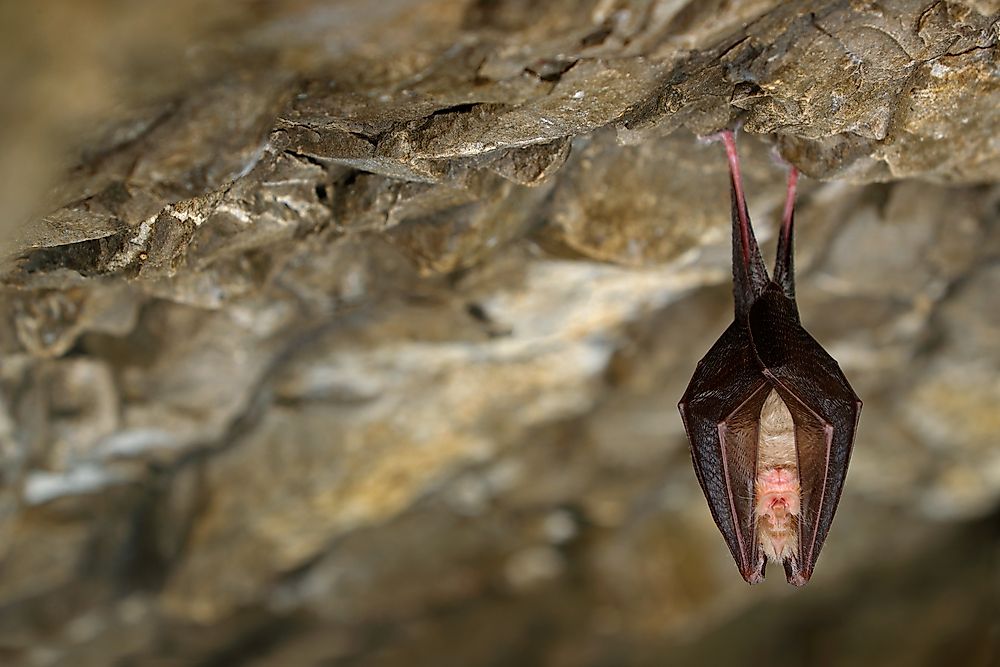
Bats hide away in caves, old mine shafts, cavities of trees, or attics during winter. Like most hibernating animals, they store body fat before winter. Bats are unique hibernators since they experience true deep sleep and may sometimes go for one or two hours without breathing. Nevertheless, they wake up from time to time to drink and engage in other bodily functions. While in hibernation, the heart rate of bats sharply drops from 1000 beats per minute to just 25.
1. Common Box Turtle
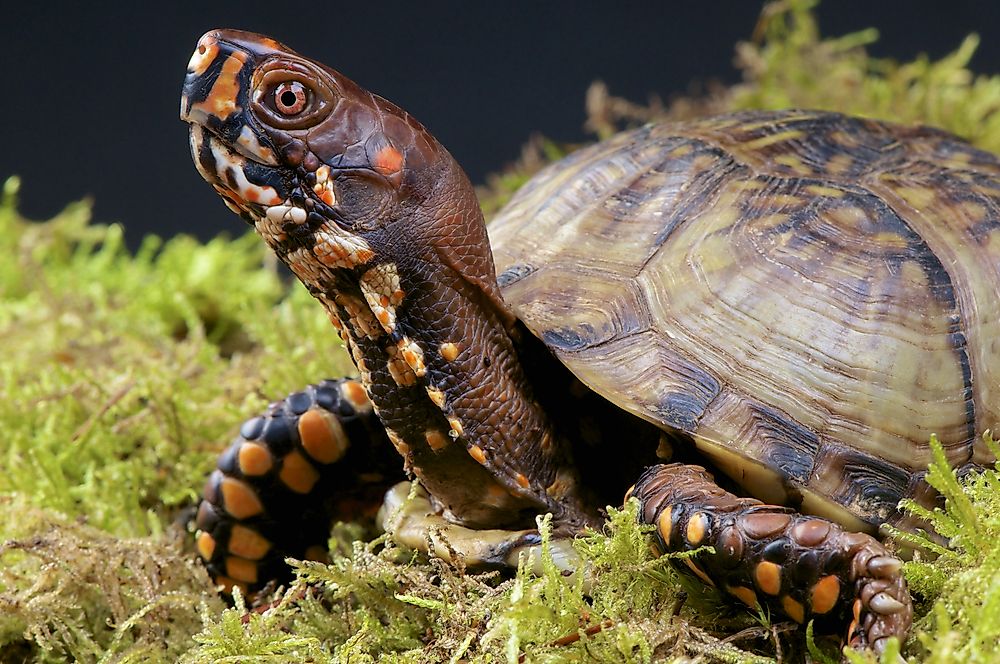
The species of turtles known as the common box turtles are found around USA and Mexico (Southern North America). The amount of time spent in hibernation is dependent on the turtle subspecies and location. Consequently, some common box turtles may hibernate for only 77 days while others may take 154 days. The heart rate of the turtles drops to a mere 5-10 beats per minute. For the most part of their hibernation, common box turtles absorb oxygen from the air through their skin. Amusingly, the turtles are susceptible to their environment such that if they wake up too early, they may not survive.











